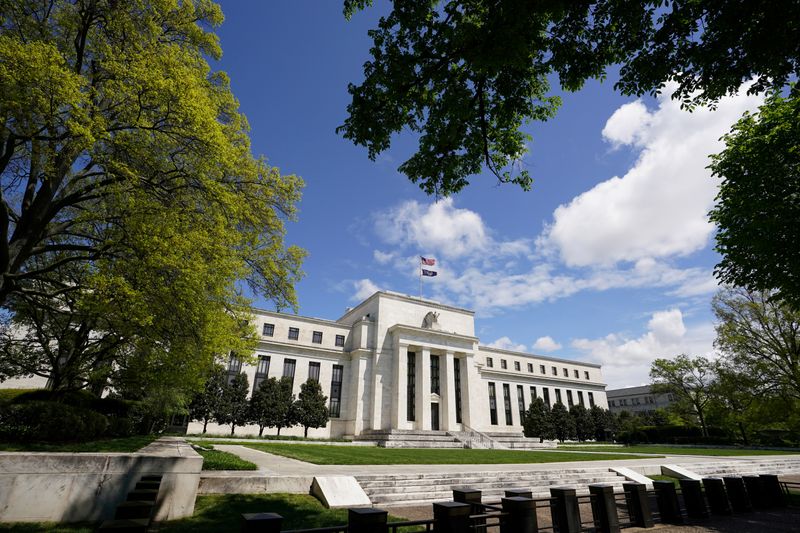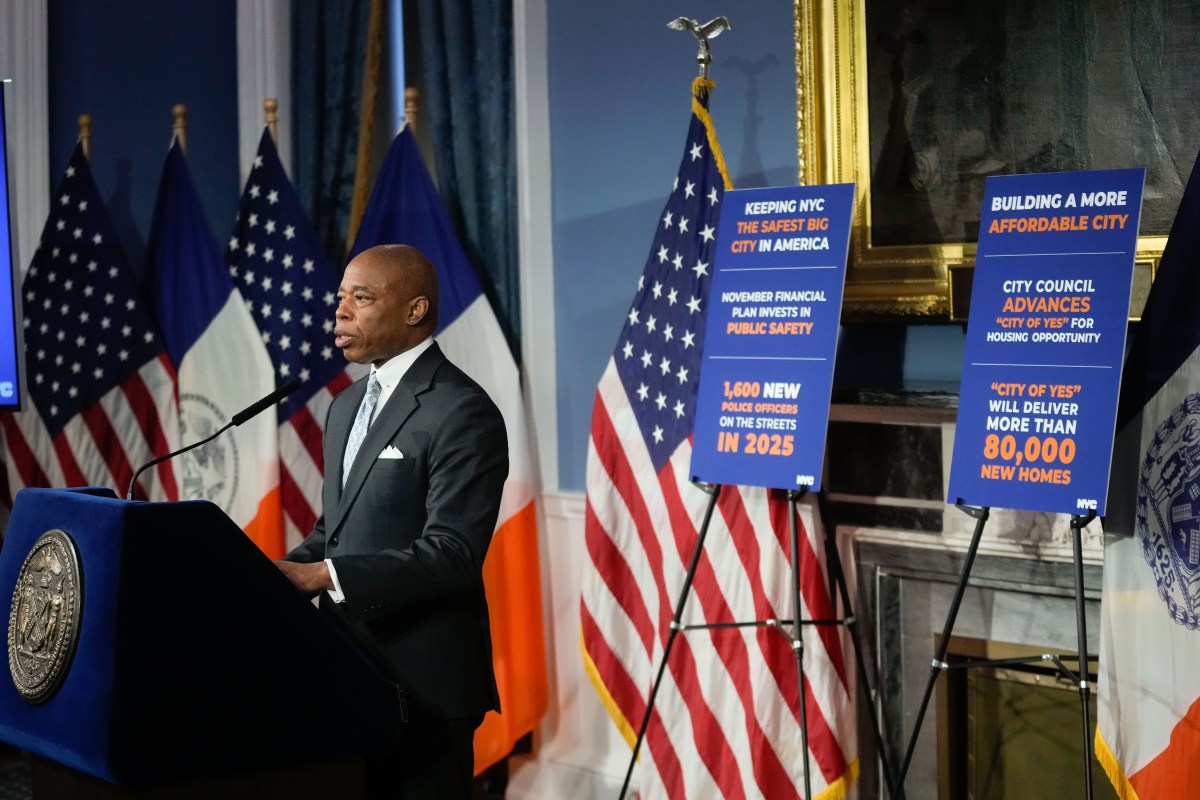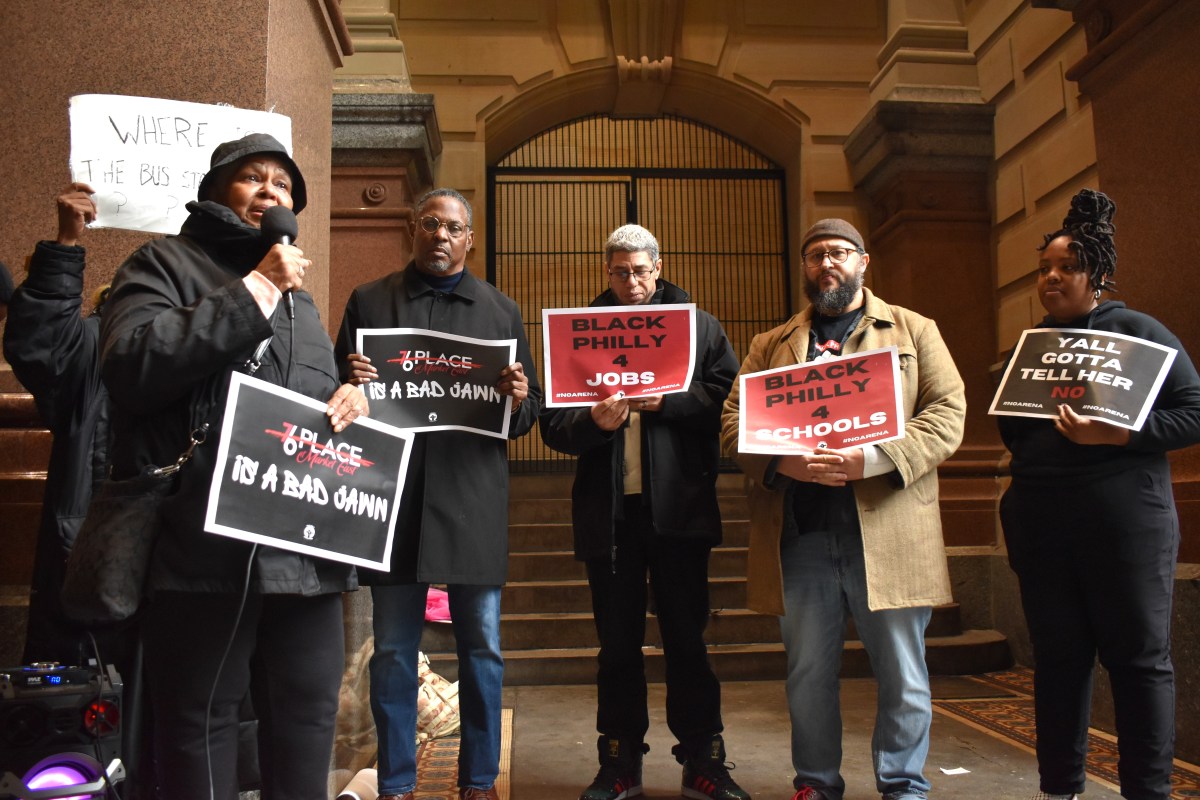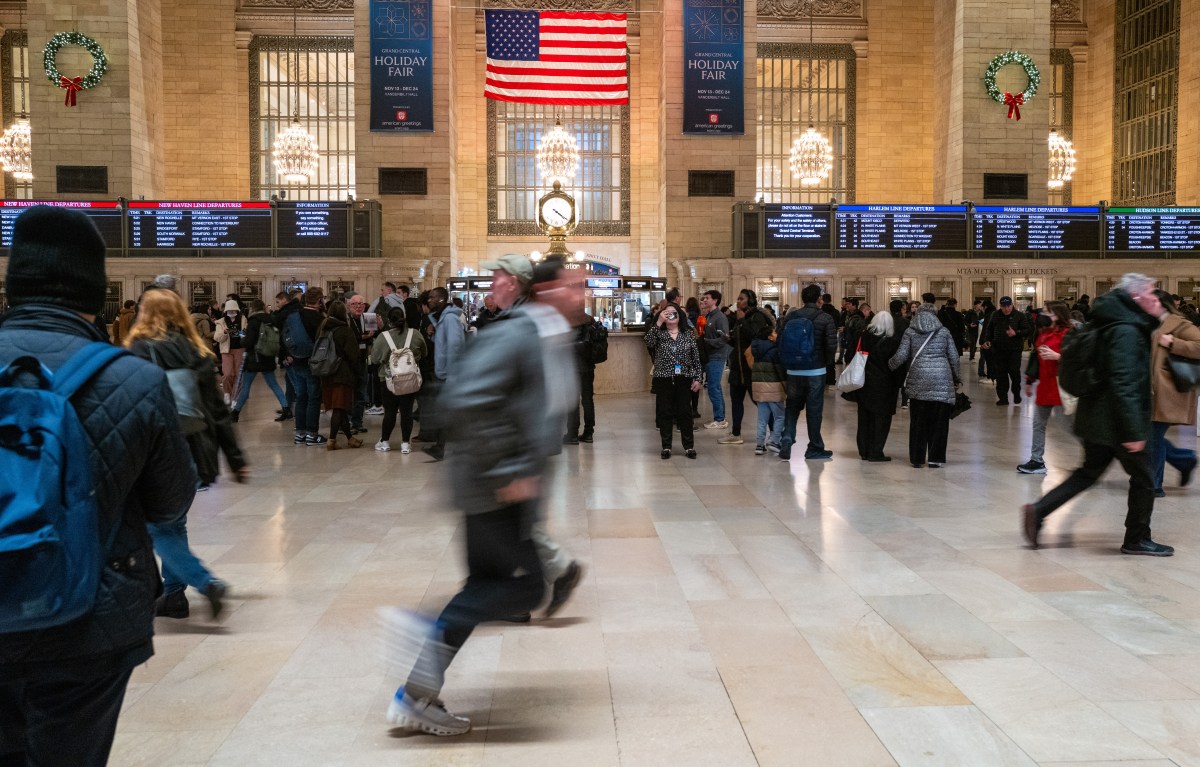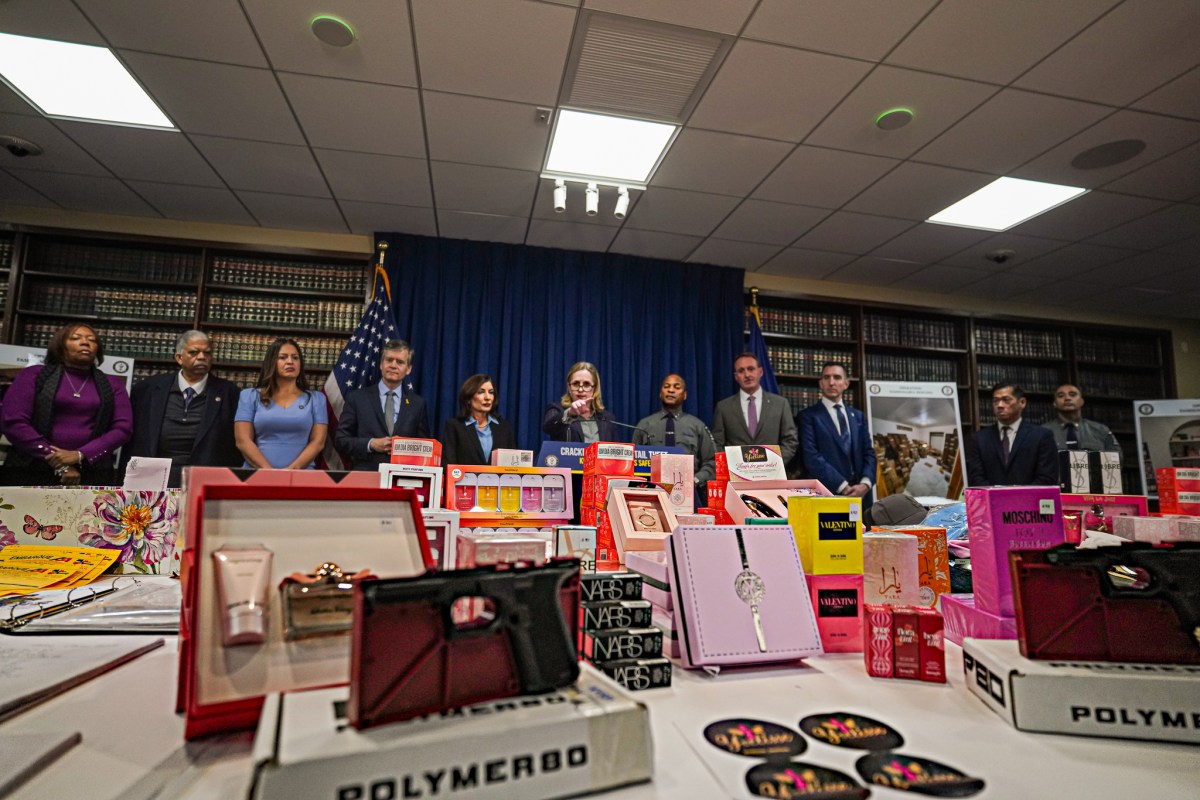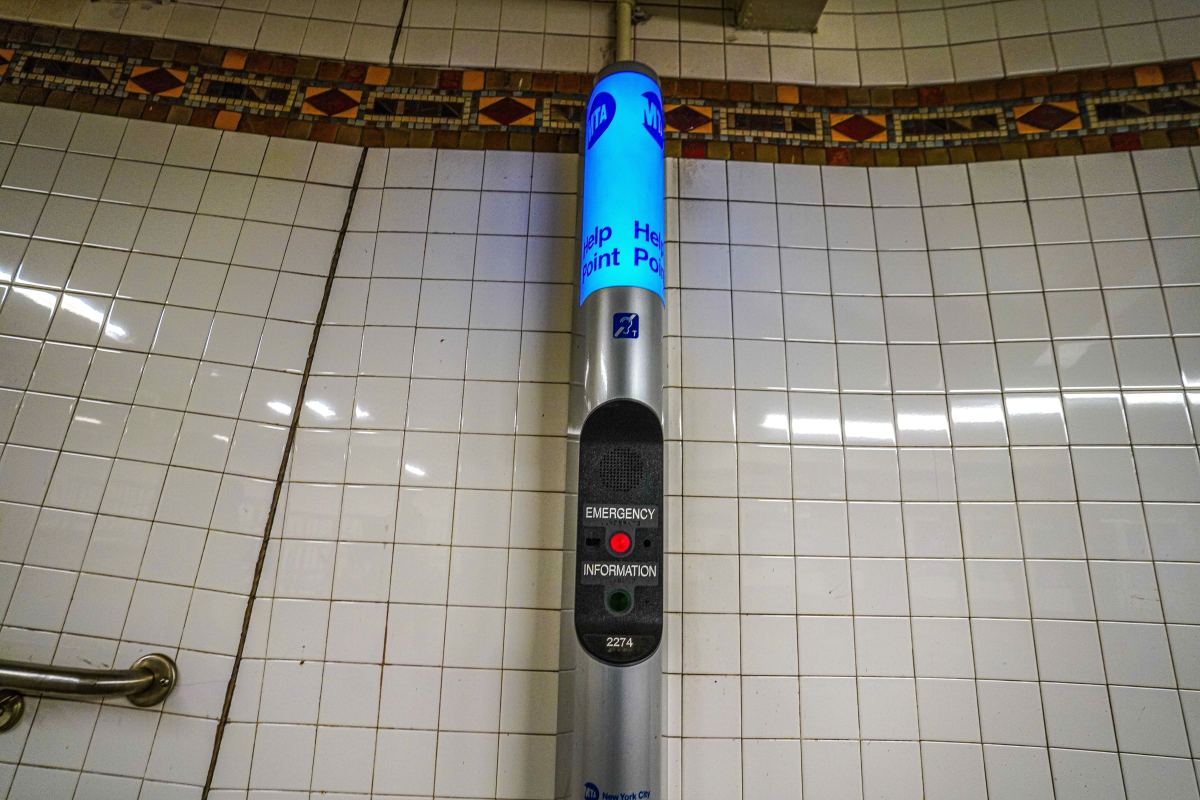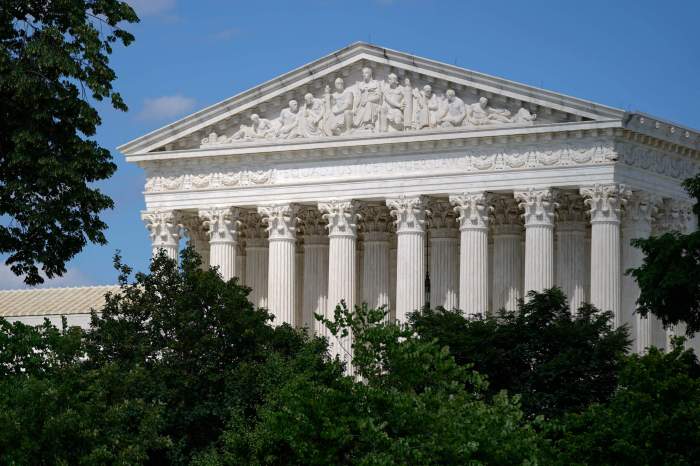(Reuters) – U.S. businesses and households are going to need more fiscal support to get through what will likely be a longer period of recovery from the coronavirus shutdown than initially expected, Federal Reserve policymakers said on Tuesday.
Unemployment will get worse around the country and the economic recovery will be uneven, they said.
U.S. unemployment is likely to peak at 20% or higher, and then to fall only to between 8% and 10% by year’s end, Dallas Federal Reserve Bank President Robert Kaplan told CNN International. The U.S. unemployment rate was 14.7% in April.
“There may well need to be more fiscal stimulus in order to boost economic growth so that we can grind down that unemployment and get closer to full employment,” Kaplan said.
Even as lawmakers and the White House tangle over how much aid should go to what parts of the economy and when, Fed officials have stressed more money, quickly. Other Fed policymakers including Richmond Fed President Thomas Barkin and Minneapolis Fed President Neel Kashkari echoed Kaplan’s view on Tuesday.
The Fed has rolled out a range of lending programs and slashed interest rates to zero, but cannot give out money in the form of grants or tax relief as the U.S. Congress can. Lawmakers have committed nearly $3 trillion in rescue funds so far.
“In this crisis, the U.S. government has the ability to raise the funds to support the American people,” Kashkari said in a separate online interview.
The speed of economic recovery, Fed policymakers also noted, will depend heavily on how safe Americans feel, and will be uneven not only from place to place but sector to sector.
“It’s really not up to the governors and the president when we reopen – it is up to the American people: when everybody feels safe to take their families back out to dinner or to a movie or to a ballgame,” Kashkari said, adding that he does not plan to go see a movie until a vaccine or treatment is available.
“We’re not going to fix our economy until we get our hands around the virus,” he said. “We might just have this uneven crawling back up to more of a normal economy.”
Uneven was also the adjective Philadelphia Fed President Patrick Harker used to describe the recovery.
Over the past few weeks, Fed policymakers have emphasized the importance of widespread testing and contact tracing as key to preventing a new surge of infections. Requiring physical distancing and other safety protocols, they note, may reduce efficiency in some workplaces and in others make resuming work to pre-crisis levels a near impossibility.
But opening without such restrictions will lead to needless loss of life, just as keeping the economy shut for the next 18 months until a vaccine is developed is not an option.
That, said St. Louis Fed President James Bullard, could lead to a new Great Depression, with millions of so-far temporary job losses becoming permanent, and “business failures on a grand scale. “We have to get better at this and get more risk based with our health policy … showing exactly where the virus is, showing exactly how it is being transmitted,” he said.
Achieving a “reasonable baseline” outcome where growth returns in the second half “depends on a number of things falling into place,” said Cleveland Fed President Loretta Mester.
These include “a solid enough bridge of economic relief and support,” she said, and “the relaxation of stay-at-home restrictions being based on public health criteria and being done in a careful and responsible way.”
(Reporting by Ann Saphir in Berkeley, Calif., Howard Schneider in Washington, and Jonnelle Marte in New York; Editing by Heather Timmons and Matthew Lewis)

